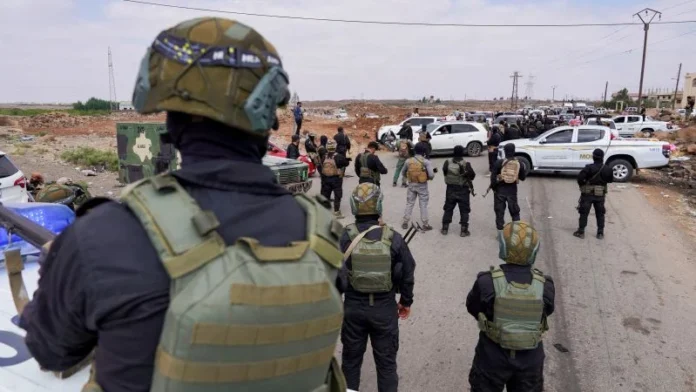Ceasefire Breaks in Suwayda Province
A US brokered truce that had paused fighting in Syria’s Druze heartland ended when fighters on both sides reopened fire on Tal Hadid heights, a hill that overlooks Daraa. Government troops and Druze fighters traded mortar rounds and heavy gunfire.
Three members of the security forces died and one local Druze man fell in the gun battles, while at least nine others suffered wounds. State news outlets accused lawless Druze groups of using the ceasefire to arm themselves and hit government held villages.
History of the Fighting

The latest bloodshed follows nearly 200 hours of clashes in mid July that killed more than fourteen hundred people and forced close to two hundred thousand families from their homes. Tensions first flared when gunmen from a nearby tribe kidnapped a Druze vegetable seller on the road to Damascus.
Local groups then took captives in return. The standoff widened when Damascus sent fresh commanders to unite armed bands under central command, and when outside powers struck targets in the province.
Effects on Local Communities
Local families watch smoke rise from fields they once tilled in peace. Many have no choice but to flee again. Farmers cannot work on their crops. Small shops shut down. Electricity cuts last hours each day. Community leaders say that each round of violence chips away at trust among Druze clans and between locals and government forces. Health clinics struggle to treat the wounded. Relief teams must clear roads of rubble before they reach villages in need.
Regional Stability at Risk

Moreover, the swift end to the truce casts doubt on efforts to keep the south of Syria calm as authorities try to fill the power gap left by years of war. Israel’s strikes on government troops, said to protect Druze citizens, have drawn angry protests in Damascus, which blames outside actors for stirring sectarian strife.
Meanwhile Kurdish led forces in the north face fresh attacks by Turkish backed groups, further stretching the new government’s promise to offer security across the country. US officials have said they will keep nine hundred troops in the northeast to fight ISIS, but they have also urged local fighters to move from contested areas.
Personal Analysis
I find that the speed with which the ceasefire fell apart shows how fragile any peace plan remains in Syria today. Local leaders must sit down in talks that include all tribes and government figures, or more rounds of bloodshed will follow. For lasting calm, each side needs a clear path to resolve land disputes and share basic services. External powers have done more to split Syrians than to unite them, so any hope for peace must come from inside the country.
Sources: aljazeera.com

